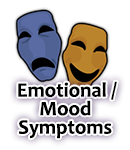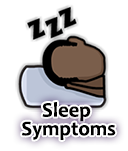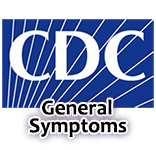Brain Injuries
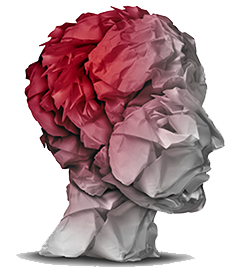 Courtesy ThinkStock: wildpixel
|
There are levels of traumatic brain injury (TBI). A concussion is a form of mild traumatic brain injury. Though all concussions are mild TBIs, they can be categorized as simple or complex, depending on the combination and duration of symptoms. With proper management, most concussions (mild TBIs) will resolve. However, a moderate or severe traumatic brain injury involves greater damage than can be adequately treated with concussion management. |
LEVELS OF TBI
 |
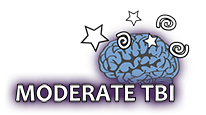 |
 |
| Glasgow Coma Scale | 13 - 15 | 9 - 12 | 3 - 8 | |
| Post-Traumatic Amnesia | Less than 1 day | Between 1 & 7 days | More than 7 days | |
| Loss of Consciousness | 0 to 30 minutes | Between 30 minutes & 24 hours |
More than 24 hours | |
| Recovery Time | "Simple" Concussion Less than 14 days |
"Complex" Concussion 14 or more days |
Some symptoms may resolve within 12 months; some may be permanent. |
|
SYMPTOMS OF CONCUSSION
Whether simple or complex, concussions can involve
an overlapping range of symptoms
as well as varied duration and long term effects.
|
|
||||
|
|
||||
|
|||||


